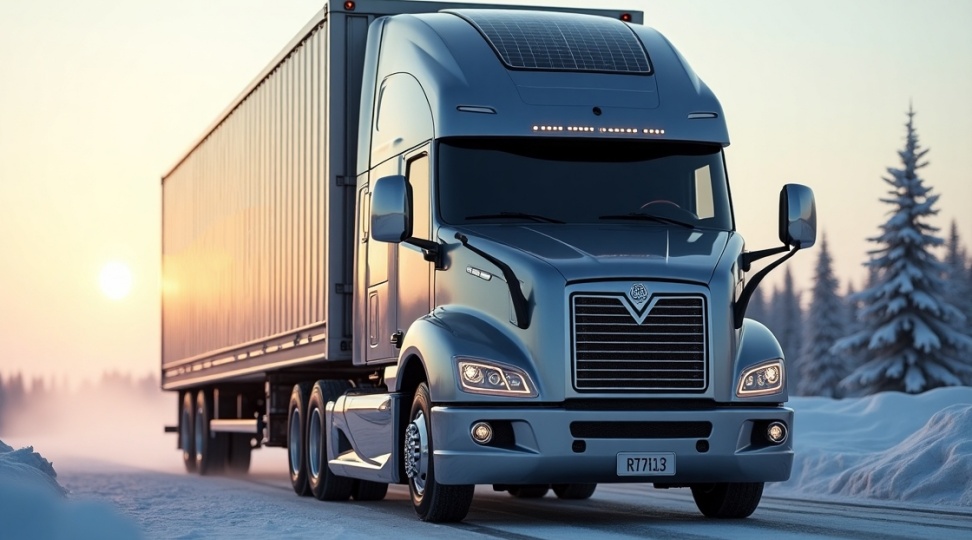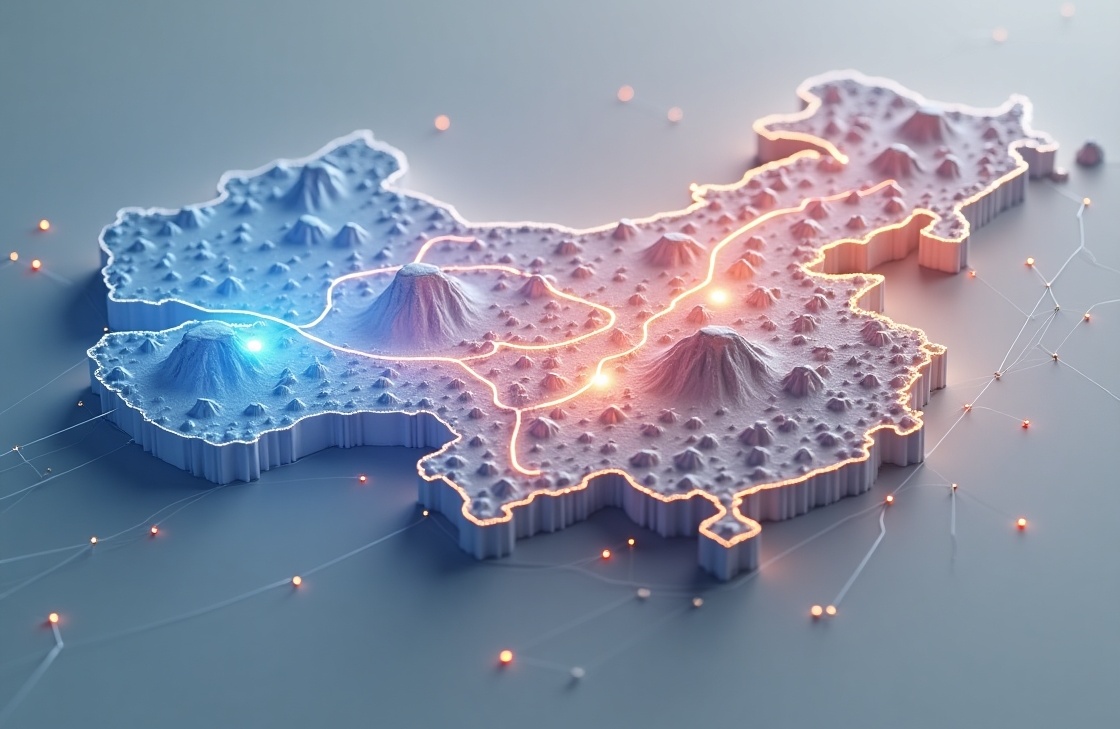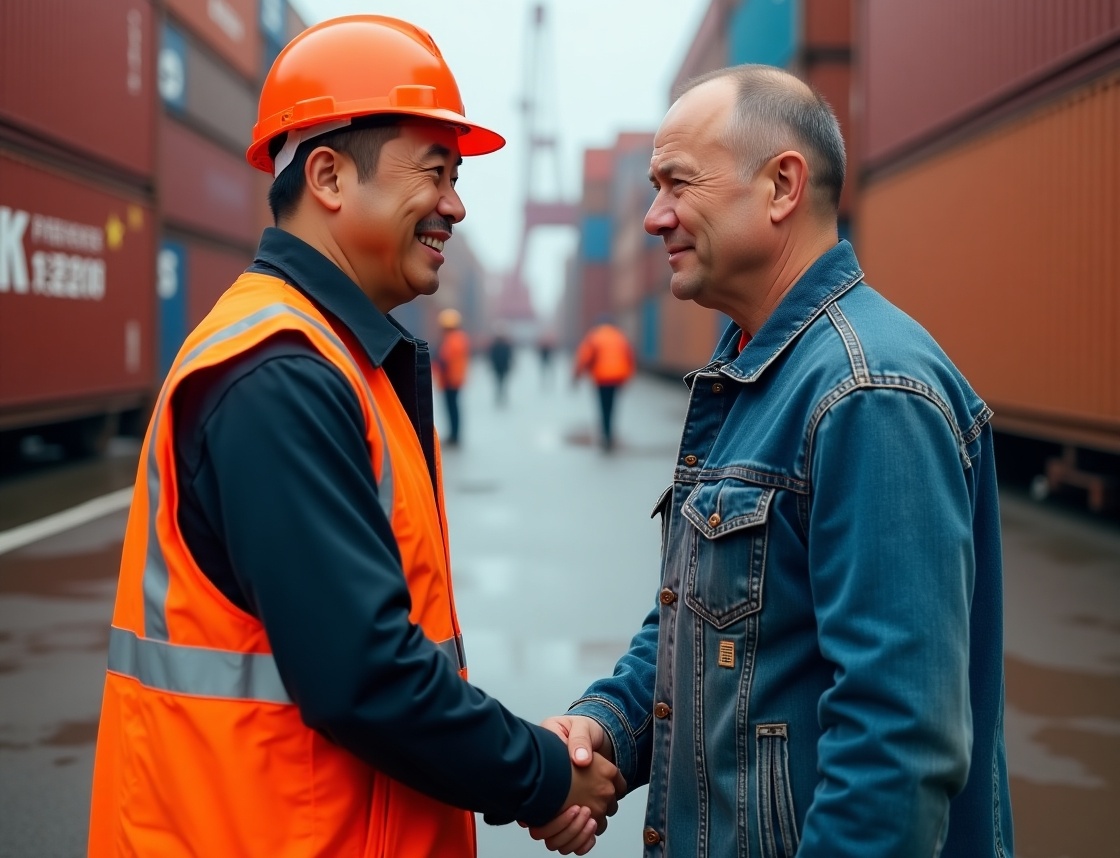في عام ٢٠٢٥، انتهى عصر سلاسل التوريد المتراصة. ومع تجزئة التجارة العالمية بسبب العقوبات والصراعات الإقليمية، تتجه الشركات نحو شبكات لوجستية لامركزيةمراكز أصغر وأكثر مرونة، تُعطي الأولوية للتكرار والخبرة المحلية الفائقة. بالنسبة للتجارة بين الصين وروسيا، حوّل هذا التحول مساراتٍ وتقنياتٍ كانت مهملةً سابقًا إلى شريان حياة. إليكم كيفية التعامل مع هذا الواقع الجديد.

وفي حين تظل الشرايين الرئيسية مثل السكك الحديدية عبر سيبيريا حيوية، فإن الممرات الثانوية بين الصين وروسيا تزدهر الآن:
جسر هيهي-بلاغوفيشتشينسك: طريق شحن مفتوح على مدار الساعة طوال أيام الأسبوع للبضائع الإلكترونية عالية القيمة، متجاوزًا مدينة مانزولي المزدحمة.
ممر جبال ألتاي: نقل البضائع البرية الموسمية للآلات الزراعية، مما يقطع 400 كيلومتر عن المسارات التقليدية.
لماذا هذا مهم: تُقلل هذه الممرات الصغيرة الاعتماد على نقاط الاختناق. على سبيل المثال، تجنبت شركة روبوتات في شنتشن احتجاجات وقود كازاخستان عام ٢٠٢٥ عبر إعادة توجيهها عبر معبر تساغانور الحدودي في منغوليا، مما وفر ١١ يومًا باستخدام نظام النقل البري الدولي (TIR).
لمواجهة التأخيرات غير المتوقعة، تقوم الشركات الآن بتخزين البضائع في مستودعات صغيرة استراتيجية في حدود 300 كم من الحدود الرئيسية:
هونتشون (الصين): مدة التسليم ساعتين إلى ميناء زاروبينو في روسيا.
تيندا (روسيا): مركز لنقل البضائع بواسطة شاحنات السكك الحديدية لصادرات المعادن من الشرق الأقصى.

مع تفاقم مشكلة نقص السائقين، شاحنات TIR ذاتية القيادة تُدير الآن 22% من شحنات الطرق بين الصين وروسيا. هذه القوافل ذاتية القيادة:
تشغيل القطار لمدة 20 ساعة يوميا، مما يخفض مدة النقل من شنغهاي إلى موسكو من 14 يوما إلى 9 أيام.
استخدم حاويات الشحن المغلقة بتقنية blockchain لمنع العبث بها أثناء عمليات التوقف الحدودية غير المأهولة.
دراسة الحالة: نجح أحد مصدري المنسوجات في نينغبو في تقليل عمليات السرقة بنسبة 95% باستخدام شاحنات وهمية مزودة بأقفال بيومترية - يمكن الوصول إليها فقط في مستودعات الوجهة.
لقد أدت العقوبات إلى إحياء نماذج تجارية قديمة مع لمسة تكنولوجية:
مقايضات السلع مقابل السلع: تم استبدال الأخشاب الروسية بالمركبات الكهربائية الصينية، مع قيام شاحنات TIR بالتعامل مع كلا المرحلتين.
ملكية البضائع القائمة على NFT: تقسيم شحنة واحدة بين 10 مشترين عبر blockchain، وتتبعها من خلال منصات مثل عزيزي النقل بالسكك الحديدية.
الرؤية الرئيسية: وتتجاوز هذه النماذج ضوابط العملة، من خلال قيام مقدمي الخدمات اللوجستية بدور وكلاء الضمان.

أصبحت الشركات ذات التفكير المستقبلي الآن تعمل على تصميم المنتجات مع مراعاة القيود اللوجستية:
الآلات المعيارية: تتناسب المكونات المفككة مع أبعاد شاحنة TIR، مما يتجنب رسوم الحجم الزائد.
التغليف الصديق للحدود: استخدم المواد القابلة لإعادة التدوير المعتمدة في روسيا لتسريع عملية التخليص الجمركي بثلاث ساعات.
مثال: قامت شركة تصنيع السيارات الكهربائية في تشونغتشينغ بإعادة تصميم أغلفة البطاريات لتلبية مواصفات السلامة الخاصة بالاتحاد الاقتصادي الأوراسي قبل الشحن، مما أدى إلى التخلص من 120 ألف دولار شهريًا من تكاليف رفض الحدود.
تزدهر الشركات الصغيرة من خلال استغلال الثغرات التي تتركها الشركات العملاقة:
خدمات نقل البضائع المتخصصة: متخصص في المواد الخطرة (على سبيل المثال، بطاريات الليثيوم) في Horgos.
أساطيل صغيرة الحجم جاهزة للتسليم في الوقت المناسب: يمكنك استئجار شاحنات TIR بالساعة عبر التطبيقات، مما يجنبك رحلات العودة الفارغة.
في عام ٢٠٢٥، يتطلب النجاح في قطاع اللوجستيات بين الصين وروسيا التفكير بشكل أصغر، لا أكبر. من خلال الاستفادة من الممرات الصغيرة والمراكز اللامركزية والتقنيات المدمجة، ستُحوّل الشركات التقلبات إلى فرص - دون الحاجة إلى أساطيل ضخمة.